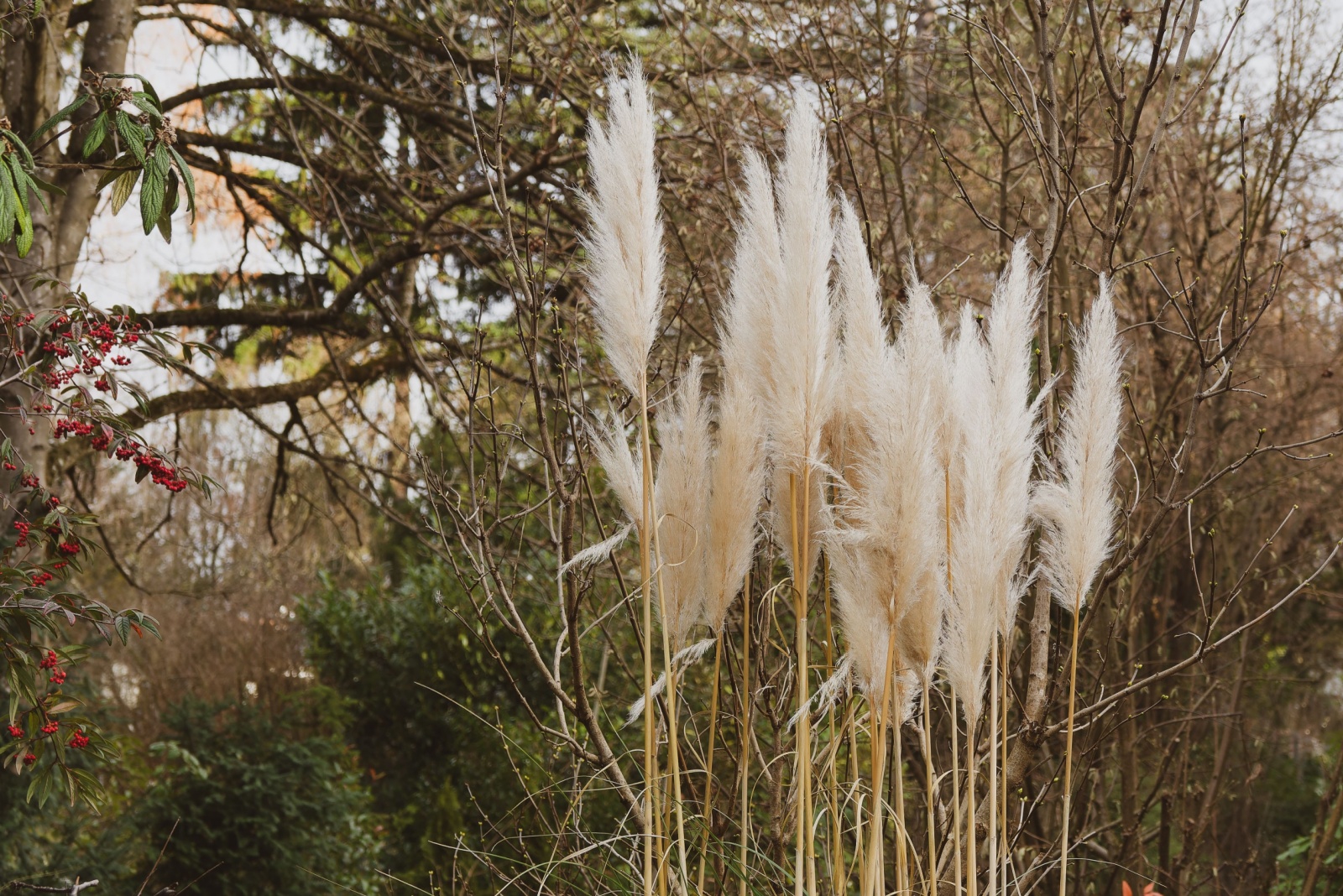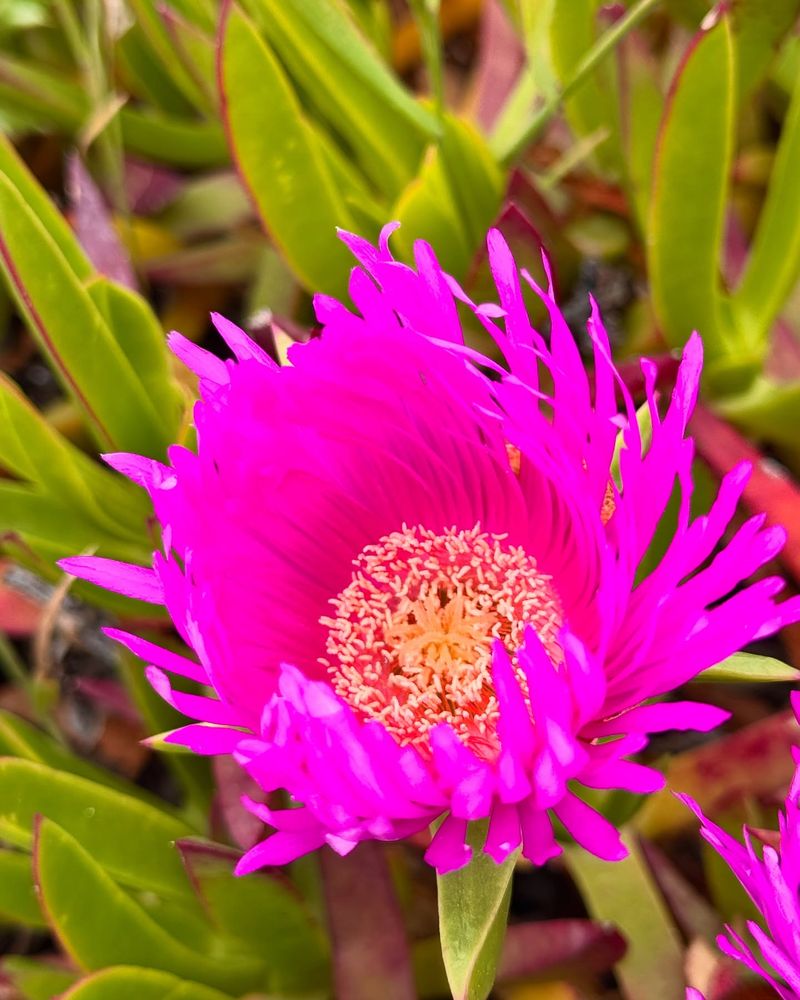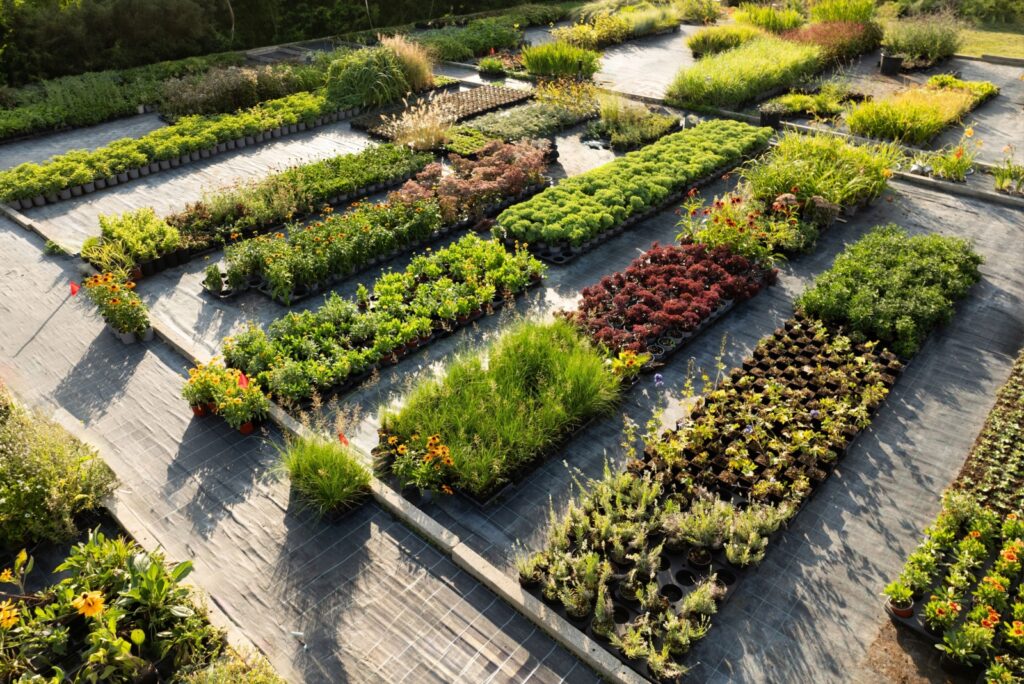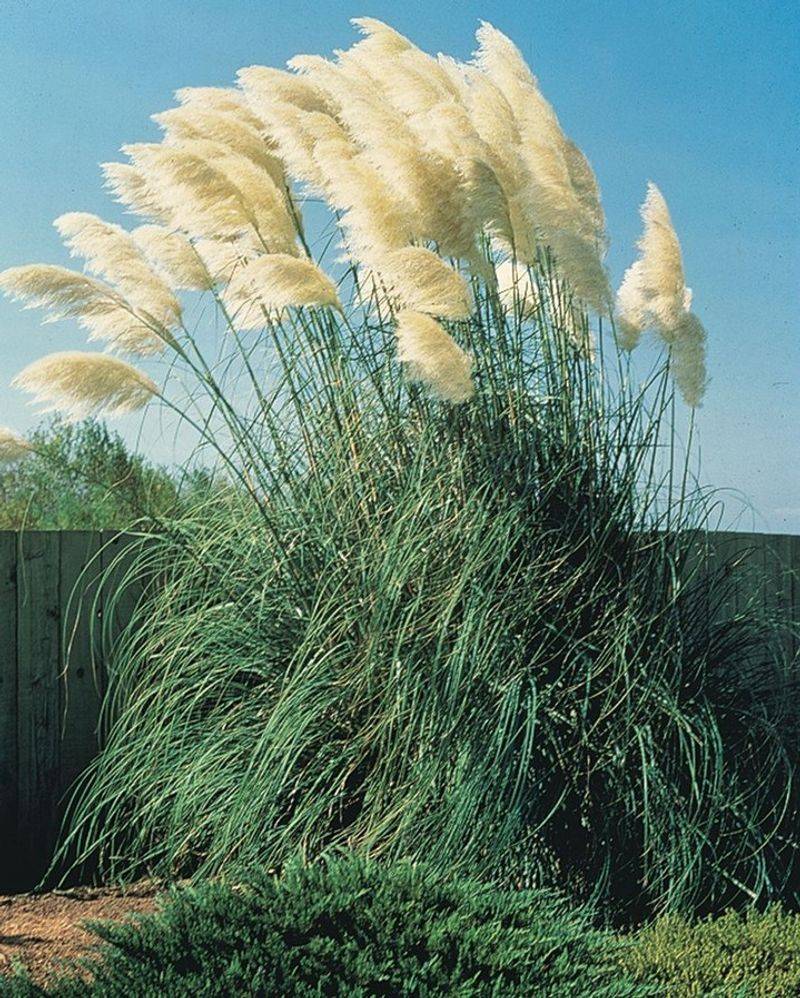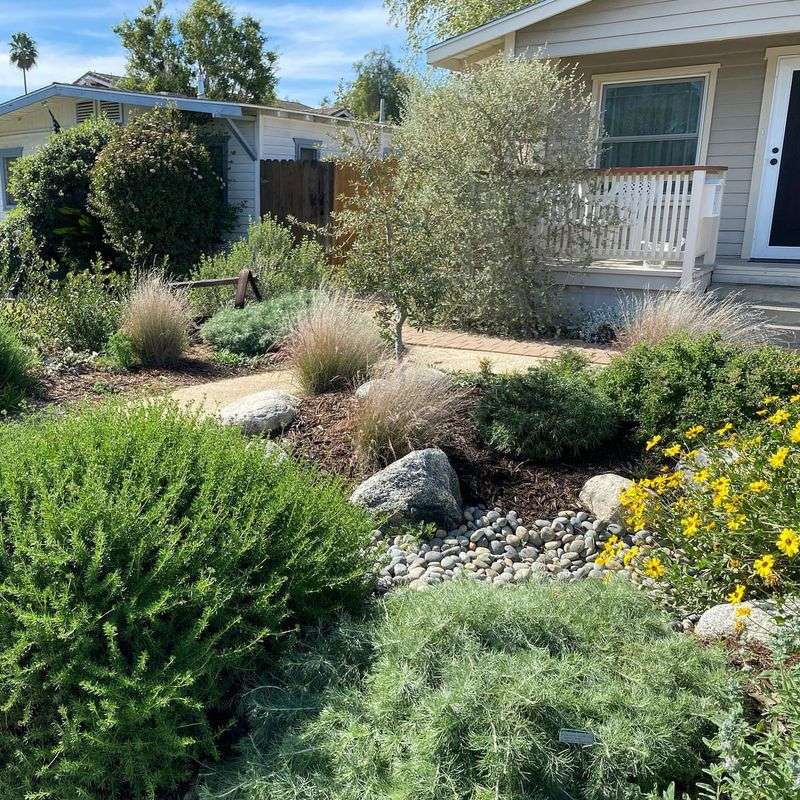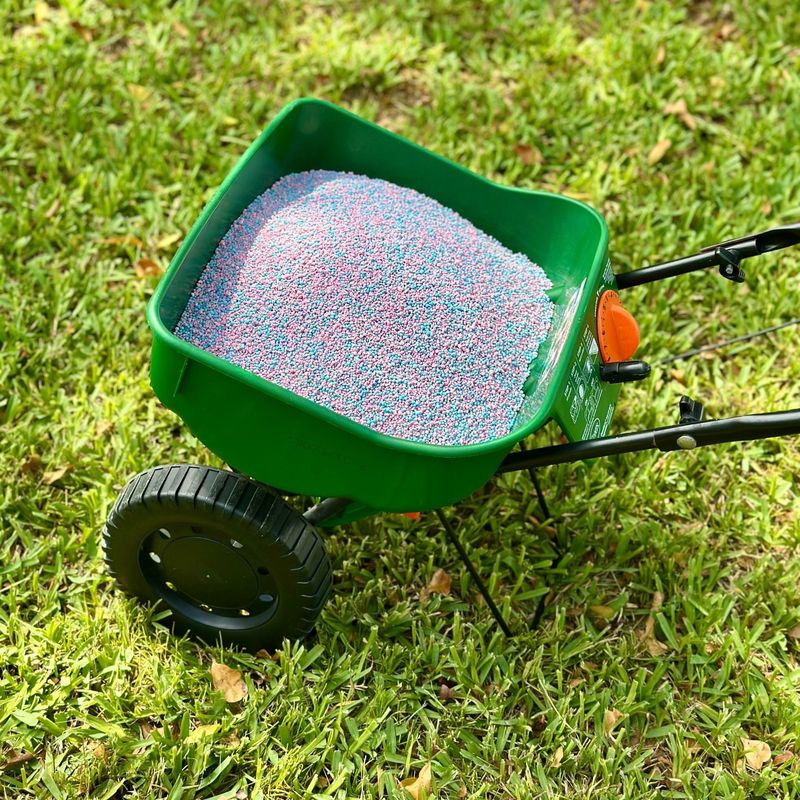California’s gardens buzz with life as bees, butterflies, and hummingbirds visit our flowers. These pollinators help plants reproduce and are crucial for growing many fruits and vegetables we eat.
But some popular garden flowers can actually hurt these important creatures instead of helping them.
1. Non-Native Plants Create Food Deserts
Many exotic flowers sold in garden centers don’t provide proper nutrition for local pollinators. Native California bees evolved alongside native plants, developing specialized relationships over thousands of years.
When gardens fill with foreign flowers, local pollinators often can’t use them effectively. This creates beautiful but ecologically empty spaces that offer little sustenance for hungry bees and butterflies who desperately need fuel for their important work.
2. Pesticide-Treated Nursery Plants
Many garden center flowers come pre-treated with systemic pesticides called neonicotinoids. These chemicals spread throughout the entire plant, including the pollen and nectar.
When pollinators feed on these seemingly perfect blooms, they ingest tiny doses of poison. Over time, these chemicals damage their nervous systems, impair navigation abilities, and weaken immune responses. The worst part? Nothing on the plant label warns you about these invisible toxins.
3. Double-Flowered Varieties Block Access
Those gorgeous double-petaled flowers might look stunning in arrangements, but they create frustrating barriers for pollinators. Plant breeders develop these showy blooms by converting a flower’s reproductive parts into extra petals.
Imagine trying to reach through a maze of fabric to find food! The complex petal structures make it nearly impossible for bees to access nectar and pollen. Many pollinators simply give up and fly away hungry after wasting precious energy.
4. Invasive Species Crowd Out Natives
Some popular garden flowers don’t stay put. Plants like pampas grass and certain morning glories escape garden boundaries and invade natural areas, crowding out the native plants pollinators depend on.
Once established in California’s delicate ecosystems, these aggressive plants form monocultures that reduce biodiversity. Native bees and butterflies lose their specialized food sources, leading to population declines and disrupted pollination networks throughout the region.
5. Seasonal Gaps Leave Pollinators Hungry
Planning gardens for human pleasure often creates feast-or-famine conditions for pollinators. Many gardeners focus on spring and summer blooms while neglecting fall and winter flowering plants.
California’s mild climate allows many pollinators to remain active year-round. Without continuous food sources, these creatures face starvation during lean periods. Hummingbirds, native bees, and butterflies need reliable nectar and pollen throughout their active seasons, not just when gardens look their showiest.
6. Removing Habitat-Providing “Weeds”
That dandelion you’re about to pull might be a pollinator’s lifeline! Many plants we consider weeds actually provide crucial resources for native bees and butterflies.
Dandelions offer early spring nectar when little else blooms. Milkweed serves as the only food source for monarch butterfly caterpillars. By removing these “messy” plants in favor of tidy but less beneficial ornamentals, gardeners unknowingly eliminate critical pollinator habitat and food sources from the landscape.
7. Water-Hungry Blooms Strain Resources
California’s frequent droughts make water conservation crucial. Yet many popular garden flowers require constant irrigation to maintain their showy blooms, draining precious water resources.
Native pollinators evolved alongside drought-adapted plants that thrive with minimal water. When gardens feature thirsty non-natives, it creates an unsustainable environment that can’t support pollinators during inevitable dry periods. The resulting cycle of bloom-and-bust leaves pollinators without reliable food sources.
8. Chemical Fertilizer Runoff Harms Aquatic Ecosystems
Growing perfect flowers often involves heavy fertilizer use. When rain washes these chemicals into streams and ponds, they cause algae blooms that deplete oxygen and kill aquatic insects.
Many pollinators, like dragonflies, spend their larval stage underwater. By contaminating these nursery habitats, garden chemicals disrupt the complete life cycle of important pollinators. The resulting decline in aquatic insect populations creates gaps in the food web that sustains California’s diverse ecosystem.

